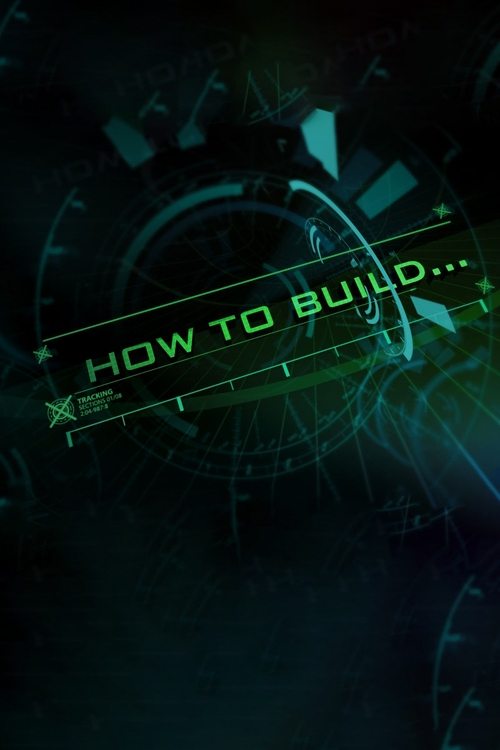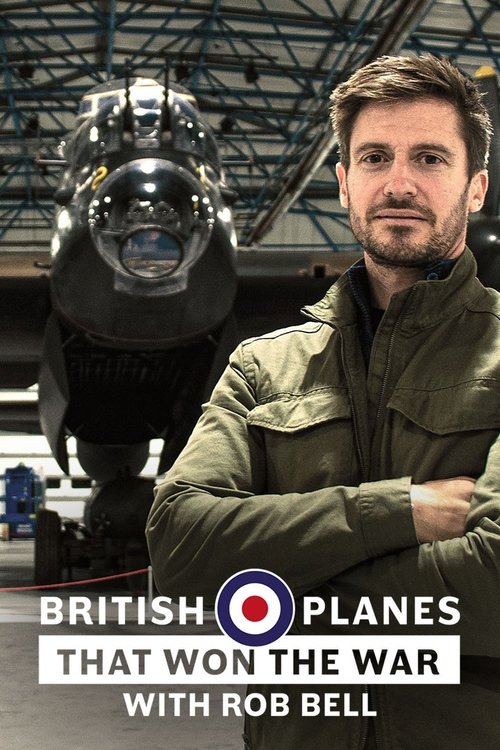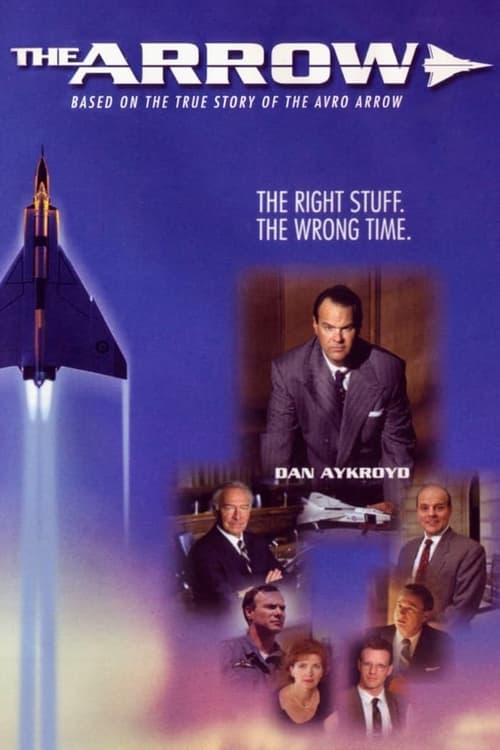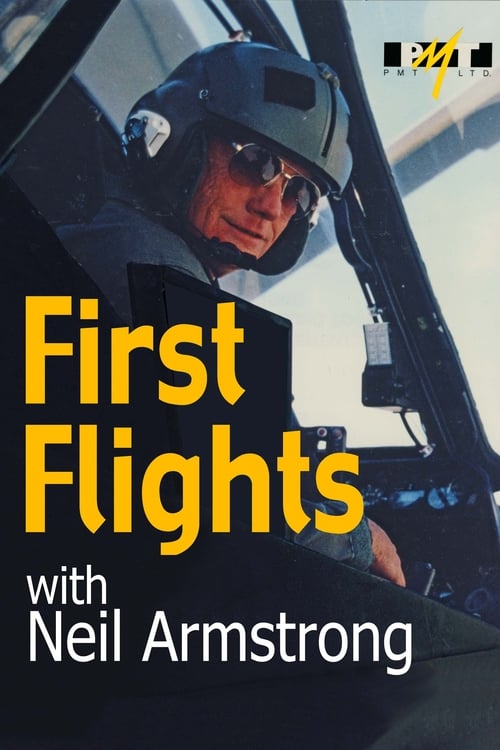
Genres
Networks
Created By
First Flights with Neil Armstrong
Overview
NASA Apollo astronaut Neil Armstrong adds to his long list of space flight & aviation accomplishments as he takes the controls of a variety of flying machines. Each episode blends historic footage, interviews, and flying. Armstrong takes you on an exhilarating adventure through time.
Key Crew
Director: Neil Hollander, Rick Gordon, Herb Kossover
Writer: J. Campbell Martin
Top Cast
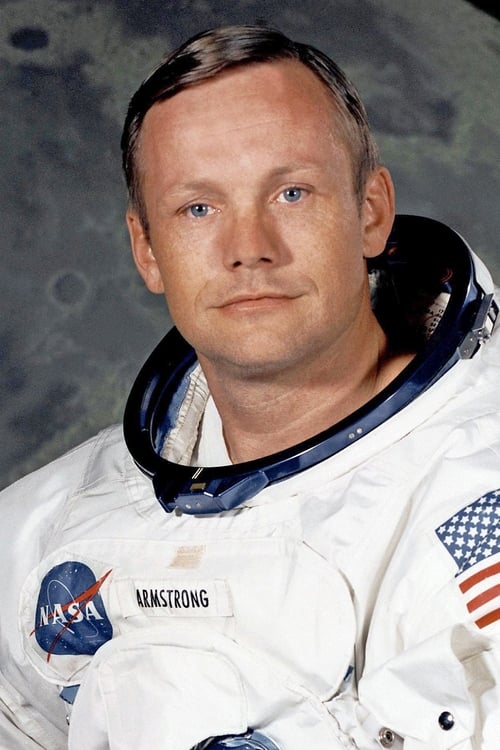
Neil Armstrong
Host
Seasons

Season 1 (1991)
Season 1 traces the development of aviation technology from balloons to early post-WWII jet aircraft.
13 episodes
Episodes
Episode 1: By the Seat of Their Pants
1991-09-25Using Lilienthal's glider research, the Wright brothers achieved controlled flight. The French reacted with renewed effort and Bleriot crossed the English Channel. Each airplane had its own personality and a pilot flew by his wits, instinct and luck.
Runtime: N/A minEpisode 2: Every Day a Better Design
1991-10-02Aviators separated into two groups: the airplane designer/builders and those who tried to master the art of flying. While French pilot Pegoud thrilled crowds by performing aerial loops, new airplanes pushed the bounds of speed and distance.
Runtime: N/A minEpisode 3: Flying Aces, War in the Air
1991-10-09WW1 gave the airplane a job, soon the battlefields were full of unarmed aircraft, peering down at the trenches, then carrying news of an impending attack. With a machine gun mounted on the cowling of a Morane-Saulnier Bullet, the fighter plane was born.
Runtime: N/A minEpisode 4: Flying Entrepreneurs
1991-10-16After the war, seasoned pilots who had once dueled with an enemy over the trenches, now performed aerobatics for spectators. Aviators as barnstormers quickly became an endearing folk hero; and also businessman carrying mail and passengers.
Runtime: N/A minEpisode 5: Flying the Mail
1993-11-17Airmail pioneers demonstrated that airplanes had a bright commercial future. The variety of aircraft was dazzling -- anything with wings was put to use. But conditions were harsh and pilots had to be hardy and brave to risk flying the mail.
Runtime: N/A minEpisode 6: Backyard Fliers: An Airplane in Every Garage
1993-11-24In the 1920s when just about anyone could afford a car, interest grew in a safe, inexpensive airplane that anyone could fly. Convenience went a step further in roadable aircraft -- vehicles that could travel the highways, then convert to an airplane.
Runtime: N/A minEpisode 7: First in Speed: Air Racing
1993-12-01From the early years of flight until the late 1930s, air racing was the single most important testing ground for engineering advancements. It provided a breathtaking combination of daredevil risk taking and technological innovation..
Runtime: N/A minEpisode 8: Bigger is Better
1991-10-23During the 1920's and 30's, designers believed that bigger is better. Airline companies were formed, requiring larger, more comfortable airplanes. With the limitations of early airfields for large planes, the flying boat became the queen of the sky.
Runtime: N/A minEpisode 9: Fighters Between the Wars
1991-10-30Nazi Germany and Imperial Japan redefined the arts of aerial warfare with their revolutionary aircraft designs. As the storm clouds gathered for the Second World War, the rest of the world slowly began to rise to the challenge.
Runtime: N/A minEpisode 10: Testing Under Fire
1991-11-06The first German WW2 air attacks destroyed most old biplane fighters. The Allies responded with new monoplane designs. Britain with the Hurricane and Spitfire. The US mobilized designers and builders and produced an incredible range of aircraft.
Runtime: N/A minEpisode 11: New Generation of Flyers
1991-11-13American industry entered the competition to create the world's best fighter -- one that was faster and carried more armament. A dramatic increase in horsepower produced the P-47 Thunderbolt, often claimed to be the fastest fighter of the war.
Runtime: N/A minEpisode 12: Air Battles At Sea
1991-11-20Light, maneuverable and capable of flying long distances, the Japanese Zero was the ideal air weapon for the island hopping Pacific war. While the Japanese built fleets of light, replaceable aircraft, the Americans opted for large, high-powered war birds.
Runtime: N/A minEpisode 13: Flash of Glory: Aerial Combat Enters the Jet Age
1993-11-10During WWII, the Messerschmitt 262, and the Gloster Meteor were introduced. With these first operational jet fighters, a new era in aerial combat had begun. As jet met jet over Korea, the MiG-15 proved Russia to be a a major power in jet development.
Runtime: N/A minSeason 2 (1992)
Season 2 continues the story of atmospheric flight to the edge of space in the 1990s. Neil Armstrong had previously flown several aircraft featured in Season 2 during his long career as a NASA experimental test pilot in Edwards, CA.
13 episodes
Episodes
Episode 1: The Helicopter: From Dreams to Reality
1992-03-04In the 1920's, early auto gyros made breakthroughs in rotating wing design, and by the 1930's military interest propelled helicopter development. Advances in controls, and the availability of lightweight turbine engines finally made a practical helicopter.
Runtime: N/A minEpisode 2: Air Forts Of The War
1991-11-27The World War II bombers were capable of delivering an arsenal of destruction. Aerial warfare became a team effort that relied on coordination, accuracy and determination with up to 10 men in an aircraft, and sometimes 1,000 airplanes in a formation.
Runtime: N/A minEpisode 3: First Jets
1991-12-04When jet engines appeared, a whole new set of problems appeared with them. For pilots, the early jets were a nightmare. Trained to fly propeller aircraft, pilots found themselves in need of drastic changes in technique.
Runtime: N/A minEpisode 4: Airliners: Passengers Join The Jet Age
1992-03-11WW2 aviation advances such as hard runways, large long range aircraft and cabin pressurization set the stage for growing passenger transport after the war. Soon jets slashed travel times and brought unheard of growth in mass transportation.
Runtime: N/A minEpisode 5: The Big Bombers
1992-03-18Development of jet engines and the tensions of the Cold War pushed development of long-range bombers that could fly around the world. While designers grappled with structural challenges, pilots struggled with the complexity of flying gigantic machines.
Runtime: N/A minEpisode 6: Jet Fighters: Wings Of Lightening
1992-03-25The U.S. and Russia rivalry developed jet fighters with fantastic speeds and high tech weapons. Computers were unseen co-pilot and some fighters only fired guided missiles. Before long a new generation of highly maneuverable dog-fighting jets was needed.
Runtime: N/A minEpisode 7: General Aviation: Barnstormers To Businessmen
1992-04-01Flying for sport, business, agriculture or photo survey, a fleet of mostly single-engine planes comprises the fastest growing segment of aviation. General aviation is usually not state of the art, but rather clever uses of existing affordable technology.
Runtime: N/A minEpisode 8: Supersonic Bombers: The Elusive Search
1992-04-08In the early 1960's, the U.S. Strategic Air Command wanted high-flying supersonic bombers like the B-58 Hustler and the XB-70. But now the newest bombers are sub-sonic: the low-flying, radar-evading B-1B, and the high tech B-2 Stealth bomber.
Runtime: N/A minEpisode 9: Locusts Of War
1992-06-03The helicopter took on an offensive role for the Vietnam War. Bristling with cannons, rockets and guided missiles, created the gunships. Now the American Apache and Russian Hind are equipped with infrared night vision and lethal anti-tank weapons.
Runtime: N/A minEpisode 10: Attack Aircraft
1992-05-13When a fighter or bomber strikes ground forces, it is acting as an attack aircraft. Many fighters can play this role, but recent wars have shown the value of dedicated attack aircraft, designed to hit hard and survive extensive battle damage.
Runtime: N/A minEpisode 11: Faster Than The Eye And Higher Than The Sky
1992-05-20From the early days of flight, the military looked behind enemy lines with better and better spy planes. After the top secret U-2 was shot down over Russia, Lockheed developed the SR-71. Flying at Mach 3 near the edge of space, it out flew any missile.
Runtime: N/A minEpisode 12: Experiments In Flight
1992-06-03Chuck Yeager's X-1 flight through the "sound barrier" set the stage for the U.S. experimental X-program, a systematic exploration of fresh ideas in aviation. Pilots flew at the cutting edge of technology in untried, untested, and unknown aircraft.
Runtime: N/A minEpisode 13: Rocket Aircraft
1992-06-10In the 1920s, aircraft designers began searching for ways to incorporate the powerful propulsion of rockets into their flying machines. Efforts to harness and control rocket propulsion resulted in many failures but also some dramatic successes.
Runtime: N/A minSeason 3 (1993)
Season 3 focuses on the development of particular technologies within the broader field of aviation.
13 episodes
Episodes
Episode 1: Whirling Wings - Evolution of the Rotorhead
1993-09-08From Cierva's breakthrough in autogyro design, to the state-of-the-art BK-117, the heart of the helicopter story has been the rotorhead. Early helicopters were complex, dangerous flying machines, prone to failure. For the men and women who took the controls, concentration and daring were essential.
Runtime: 25 minEpisode 2: Water Birds - Floatplanes and Flying Boats
1993-09-15By the 1930s, flying boats – massive, airborne ocean liners – opened up global routes for passenger service, while the floatplanes entering the Schneider Trophy races were the fastest, most innovative flying machines in existence.
Runtime: 25 minEpisode 3: Jump to the Sky - Jet VTOL
1993-09-22Conventional airplanes need large runways for takeoff and landing, a limitation that concerned defense planners. As turbine engines became lighter, a new type of aircraft became possible — one that could take off and land vertically, yet fly with the speed of jets.
Runtime: 25 minEpisode 4: Tail First Flying - the Canard
1993-09-29When the small tail surface wings which enable an airplane to go up or down are moved to the front, they are called canards. It is a technology as old as manned flight — the Wrights used canards on their early airplanes. Canards were rarely used after the first World War until computer technology provided the control needed to make the technology feasible.
Runtime: 25 minEpisode 5: First Around The World
1993-10-06Many times in aviation history the ultimate test of aircraft and pilot was to fly around the world. Competition and showmanship always played a part, but in the end it was the mental and physical endurance of the men and women who climbed into the cockpit that made success possible.
Runtime: 25 minEpisode 6: Flying Blind
1993-10-20In the early days of flying, instrumentation was crude. A weighted silk stocking tied to a strut could help the pilot gauge his airspeed. Wartime challenged pilots to learn the techniques of blind flying. Today, pilots use orbiting satellites to pinpoint their position, and complex autopilots enable an aircraft to fly itself.
Runtime: 25 minEpisode 7: Flying Wings
1993-10-27In their quest for flight efficiency, some designers thought the ideal shape would be just a wing, nothing else, flying through the air. Though successful development of flying wings has often proved illusive, Northrop's designs proved feasibility, and the B-2 Stealth Bomber brought the configuration into production.
Runtime: 25 minEpisode 8: Flight Control - Wing Warping to Fly-by-Wire
1993-11-03Two years after the first manned flight, the Wrights mastered control sufficiently to fly the first circle – a major aviation advance that went almost unnoticed. By World War II, the first hydraulically boosted controls were invented, enabling pilots to fly aircraft weighing more than 100,000 pounds without the muscles of a co pilot. Once digital signals succeeded in maneuvering spacecraft, computerized fly-by-wire technology for aircraft was not far behind.
Runtime: 25 minEpisode 9: Flash Of Glory - Aerial Combat Enters The Jet Age
1993-11-10During WWII, the Germans introduced the Messerschmitt 262, and the British the Gloster Meteor. With these first operational jet fighters, a new era in aerial combat had begun. As jet met jet in the skies over Korea, the MiG-15 proved Russia to be a major power in jet aircraft development.
Runtime: 25 minEpisode 10: Flying the Mail
1993-11-17Airmail pioneers demonstrated to a public already infatuated with flying, that airplanes had a bright commercial future. They led the way for the great commercial ventures that would one day span the globe. The variety of aircraft was dazzling, but conditions were harsh and pilots had to be hardy and brave to risk flying the mail.
Runtime: 25 minEpisode 11: Backyard Fliers - An Airplane In Every Garage
1993-11-24In the 1920s when just about anyone could afford a car, interest grew in a safe, inexpensive airplane that anyone could fly. Convenience went a step further in roadable aircraft – vehicles that could travel the highways, then convert to an airplane for the rest of the journey. The airplane has never attained the practicality of the automobile for family travel, but modern aviation offers exciting opportunities for the amateur flyer.
Runtime: 25 minEpisode 12: First In Speed: Air Racing
1993-12-01From the early years of flight until the late 1930s, air racing was the single most important testing ground for engineering advancements. It provided a breathtaking combination of daredevil risk taking and technological innovation.
Runtime: 25 minEpisode 13: Propellers - Wings With A Twist
1993-12-08The Wright brothers realized that a propeller was a rotating wing – giving it a twist made it practical. By the mid 1930s, variable pitch and NACA research revolutionized propeller design. With the coming of the jet age, propellers fell out of favor for large aircraft. But designers soon realized that a fast turboprop with an advanced propeller could be more efficient than the best jetliners.
Runtime: 25 min